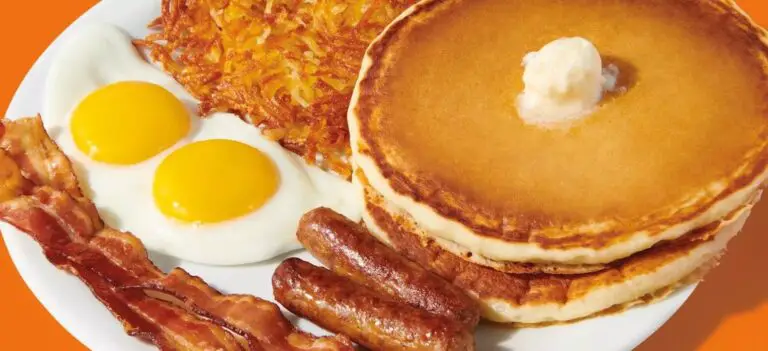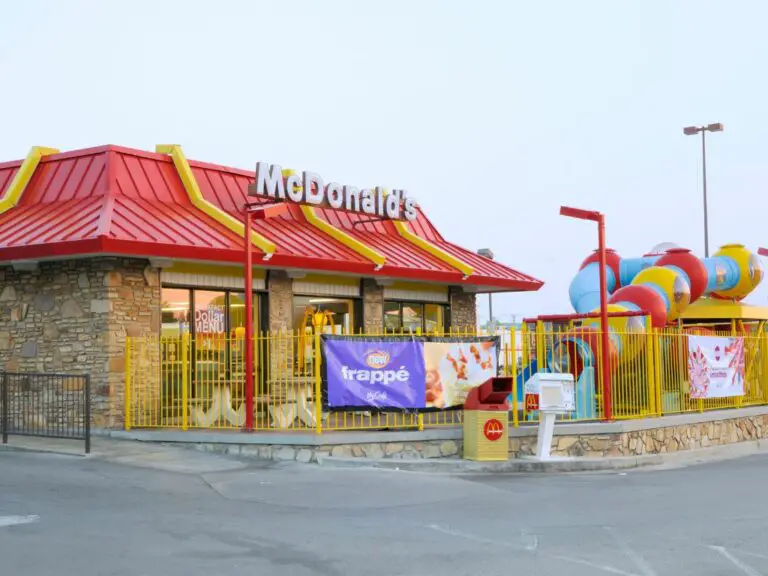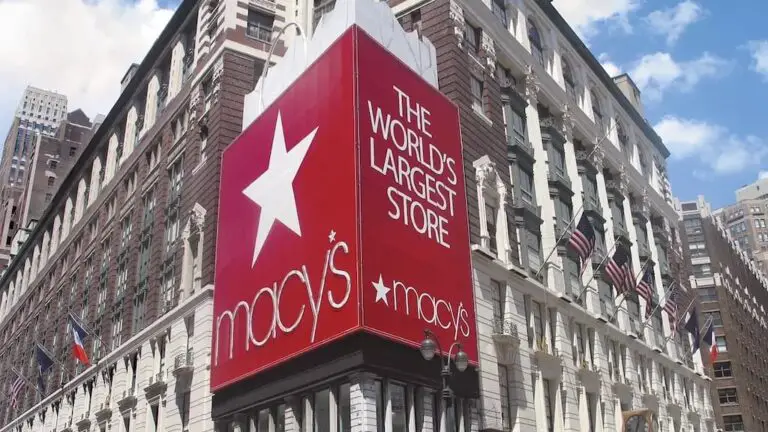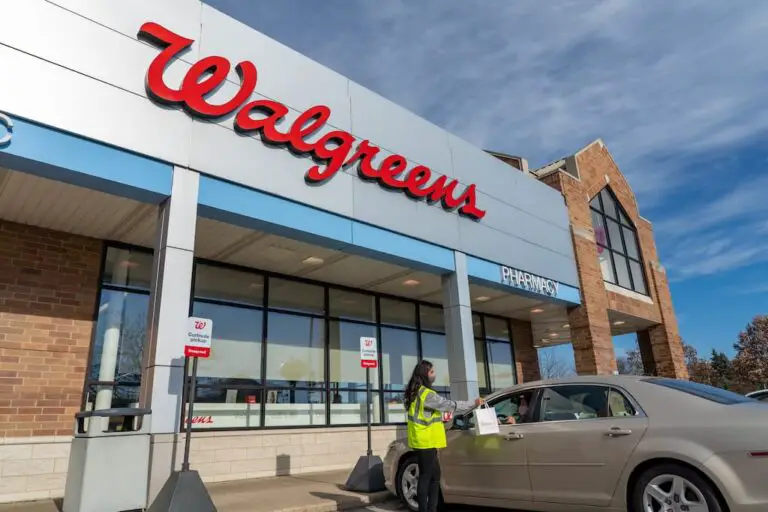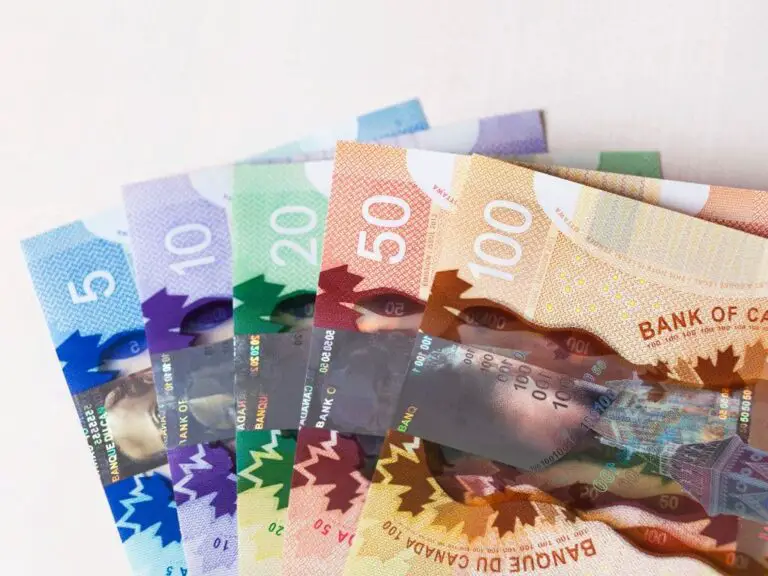Why are Chicken Prices So High at Publix?
Chicken prices at Publix, the popular grocery store chain in the southeastern United States, have been steadily rising over the past year, leaving many shoppers scratching their heads and searching for more affordable options.
Chicken prices at Publix are high due to a combination of factors. A shortage of chicken supply, driven by labor shortages and COVID-19 disruptions, has led to a supply-demand imbalance, pushing prices up. Rising costs for chicken feed and supply chain disruptions have further exacerbated the situation. These factors have collectively forced retailers like Publix to increase their prices.
Several factors have combined to drive chicken prices higher at Publix and other major retailers.
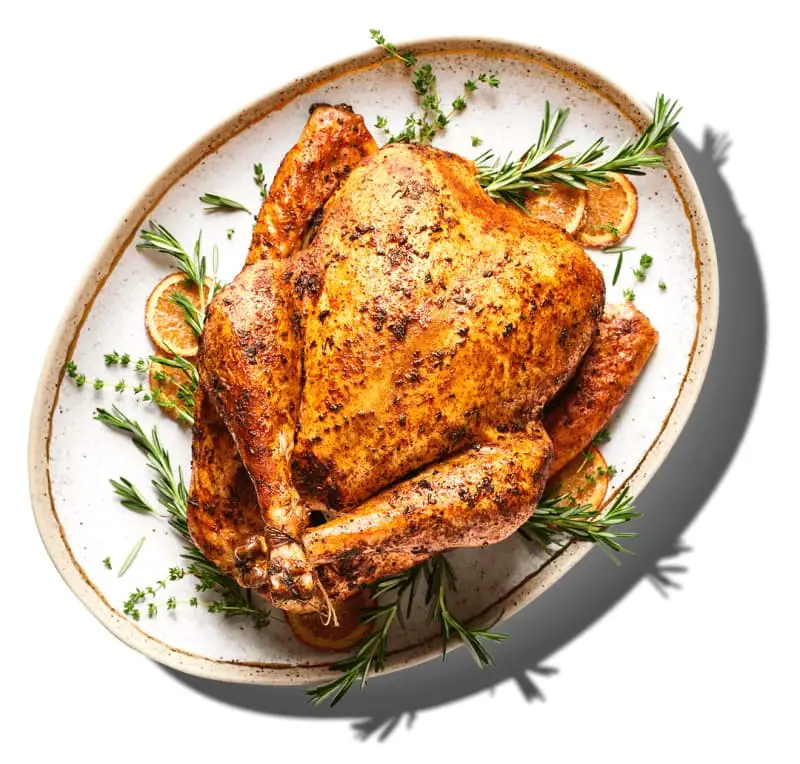
What Factors Have Contributed to the Rising Cost of Chicken at Publix?
The primary driver behind increasing chicken prices is the ongoing shortage of chicken supply. Chicken producers have been operating at reduced capacity due to difficulties finding enough workers and disruptions caused by the COVID-19 pandemic. With fewer chickens being raised and processed, there is less supply available to meet demand from grocery stores like Publix. This imbalance between supply and demand allows retailers to charge higher prices.
Surging costs for chicken feed are also pushing prices up. Corn and soymeal are two major components of chicken feed, and prices for both commodities have climbed over 50% in the last year. As the cost of feed rises, chicken producers must charge more for their birds just to break even. These higher costs get passed along to the consumer through higher retail prices at places like Publix.
Labor shortages across the food supply chain are adding to the upwards price pressure. From chicken processing plants to trucking and distribution centers, a lack of available workers is driving up costs across every link of the supply chain. With fewer employees available, companies must offer higher wages to attract and retain workers. These increased labor costs inevitably translate to higher chicken prices on grocery store shelves.
Ongoing supply chain disruptions are further exacerbating shortages.From production limitations to transportation bottlenecks, disruptions all along the supply chain are making it more difficult and expensive to get chicken products to market. Publix and other retailers have no choice but to raise prices to offset these supply chain challenges.
How is the Chicken Shortage Impacting Consumers?
For many shoppers, the rising price of chicken at Publix and other stores has forced them to make difficult choices at the grocery store.
Higher prices for chicken mean an increase in overall food costs for consumers. With less disposable income available, families must cut back spending in other areas or purchase cheaper, less nutritious foods to afford the same amount of chicken they bought previously. This places greater strain on household budgets.
The chicken shortage disproportionately impacts lower-income consumers already struggling with food insecurity. Chicken is generally more affordable than other protein options like beef or pork. As chicken prices rise, it becomes more difficult for disadvantaged populations to afford this vital source of nutrition. More consumers are left turning to emergency food assistance programs.
For the average shopper, inflated chicken prices contribute to a general sense of frustration and uncertainty. Consumers are already dealing with the burden of high inflation across gas, housing, and other staples. Seeing yet another grocery budget line item spike upwards adds further stress and financial pressure.
What Can Consumers Do to Save Money on Chicken?
While the fundamental market factors driving up the price of chicken are out of consumers’ control, there are several strategies shoppers can use to offset higher costs:
Purchasing chicken in bulk quantities saves money when prices per pound are lower. Club stores like Costco offer whole chickens and large packs of chicken breasts at a discount compared to regular grocery stores. Buying more at once reduces the overall cost per pound. Freezing portions allows the bulk purchase to last longer.
Using coupons and waiting for sales can lead to significant savings on chicken. Publix and competing grocers will often run promotions offering dollars off chicken purchases. Combining these discounts with digital or newspaper coupons cuts the price further. Stocking up during sales reduces the total spent.
Shopping at discount grocery chains can yield cheap chicken year-round.Stores like Aldi and Save-A-Lot maintain extremely low overhead to enable lower everyday prices. Their chicken costs are generally cheaper than pricier chains, even without promotions or coupons.
What are the Long-Term Implications of Rising Chicken Prices?
While no one can predict exactly how long chicken prices will remain elevated, the ongoing market dynamics point to several long-term impacts should costs stay high:
Continued price increases run the risk of pricing some consumers completely out of the chicken market. Lower-income populations would be forced to eliminate chicken from their diets, missing out on its nutritional value. This could exacerbate long-term health issues.
With chicken less affordable, consumers may permanently shift towards other protein options. Retailers may begin dedicating more shelf space to pork, beef, or alternative proteins. A lasting drop in chicken consumption would force producers to cut capacity.
Food insecurity concerns could prompt government intervention in the chicken supply chain. To ensure affordable availability, lawmakers may act to encourage expansion of production through subsidies or regulation. However, this could lead to oversupply down the line.
Consumers may seek out smaller local chicken producers rather than buying from national chains. Bypassing big retail settings in favor of local farms could allow consumers to save money while supporting their community. However, these smaller producers face the same input cost challenges driving national shortages.
Conclusion
Rising chicken prices at Publix reflect a complex web of factors disrupting the national poultry supply chain. Until production output increases and supply chain stressors recede, chicken costs are poised to stay high compared to historical norms. Shoppers can employ bargain hunting strategies but ultimately must resign themselves to paying more for chicken until market forces shift. With food budgets stretched thin, many families will be hoping the chicken shortage resolves quickly and affordably.
Frequently Asked Questions
-
Why is chicken so expensive at Publix?
A High Quality of Food Publix sells more than just groceries. It also stocks appliances, household items and other products.
-
Is Wednesday senior discount day at Publix?
Alter Requirement for Publix Purchases: Must be 60 Years Old. This offer is valid in Tennessee, North Carolina. Alabama. South Carolina.
-
What’s cheaper Marshalls or TJ Maxx?
Others shoppers believe Marshalls has lower prices. It all depends on the person shopping. Although both stores have similar pricing structures, and there is some overlap in merchandise, each retailer has its own strengths. T.J.
-
Can existing DISH customers get a senior discount?
Yes! Yes! DISH Network 55+ Discounts make it easy to manage your DISH Network account. You also get additional DISH programming that is only available to selected customers. Verification is possible.
-
Can a family member use my Walmart discount card?
Your dependent children will not receive individual discount cards. You can get a card for your spouse if you are married by filling out the online discount card application available at WalmartOne or on WIRE. com.
-
Is every Tuesday Senior Day at Walgreens?
This change was created to encourage social distancing in the face of the coronavirus epidemic. Walgreens is now offering a lower price for seniors 55 and older, as well as members of AARP. Walgreens is offering a Seniors Day Discount on Tuesdays.
-
How do you get senior discount at Kohls?
Kohl’s Senior Discount: Here’s What You Can Expect Kohls gives seniors 15% off their entire purchase in-store. You must be at least 60 years old to qualify for this coupon. The discount is only valid on Wednesdays. It cannot be combined or used in conjunction with any other coupon codes.
-
How many hours is considered full time at Walmart?
Full-time is defined by the nation’s biggest employer as someone who works 34 hours or more; any worker working less than 30 hours per week can be eligible for health insurance.
-
Is Aldi for the poor?
Aldi is rumored to only serve families with lower incomes, however this is completely false.
-
What day is senior Day at Publix?
Publix. Select locations in Alabama, Georgia and North Carolina offer a 10% discount for seniors 60+ every Wednesday.
-
What day is Bealls Outlet discount Day?
Bealls Outlet loyalty program members get 15% discount on every Monday that you shop at those locations.
-
What does Kohls do with returns?
You can return items to Kohl’s in your nearest store for a quick and easy refund. You can exchange or get a full refund on most items within 180 days of purchase.
-
Is Walgreen membership free?
What’s myWalgreens? myWalgreens can be joined for free and unlocks Walgreens’ sale prices. You’ll get 1% Walgreens cash rewards for all eligible purchases, including the pharmacy.
-
Does Publix offer a senior discount in Florida?
Publix, multiple locations The experience is even more enjoyable on Wednesdays, when you can get a 5 percent discount for those 60 and older.
-
Do seniors get a discount at Walgreens?
Walgreens Seniors Get 20% Off the First Tuesday in a Month

